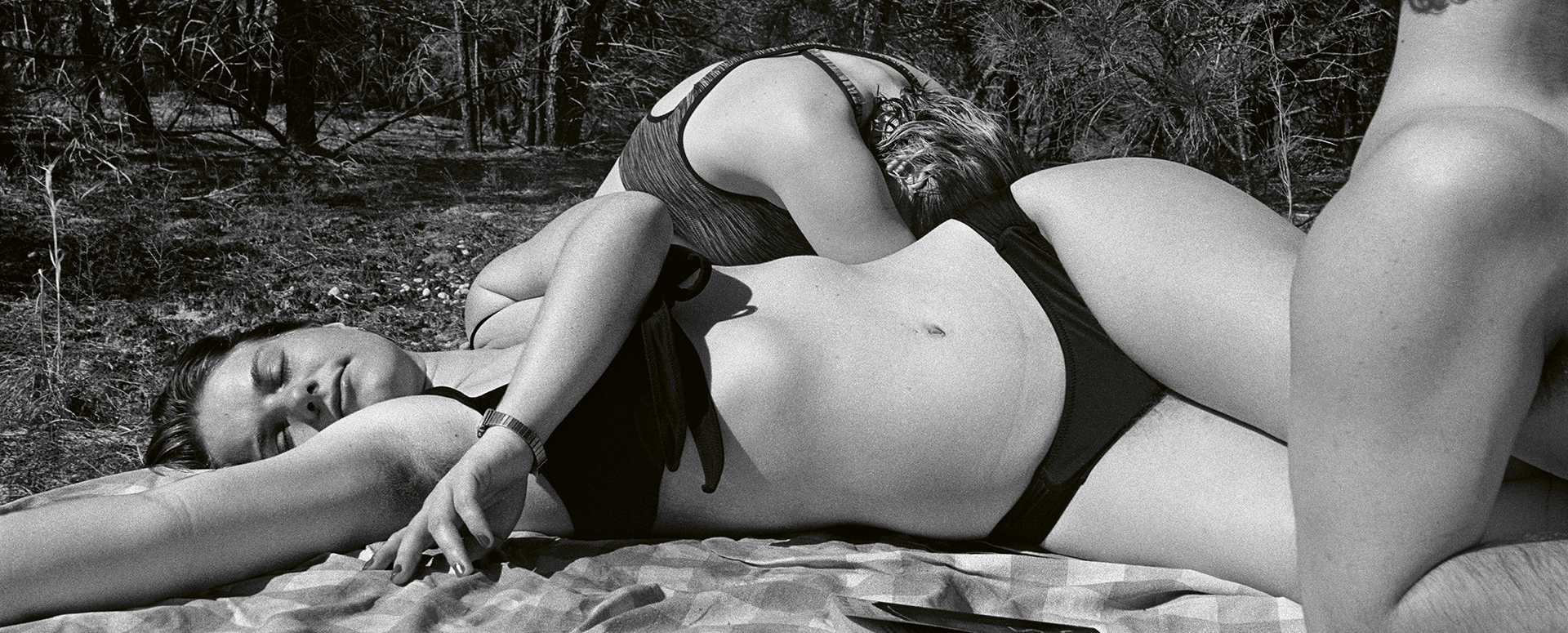Photographer Kris Graves shares his journey to create a space for artists of color in a historically exclusionary industry.

You’re getting blind.
Don’t miss the best of visual arts. Subscribe for $9 per month or $108 $90 per year.
Already suscribed ?
Read more: Afropean: Plural Identities


